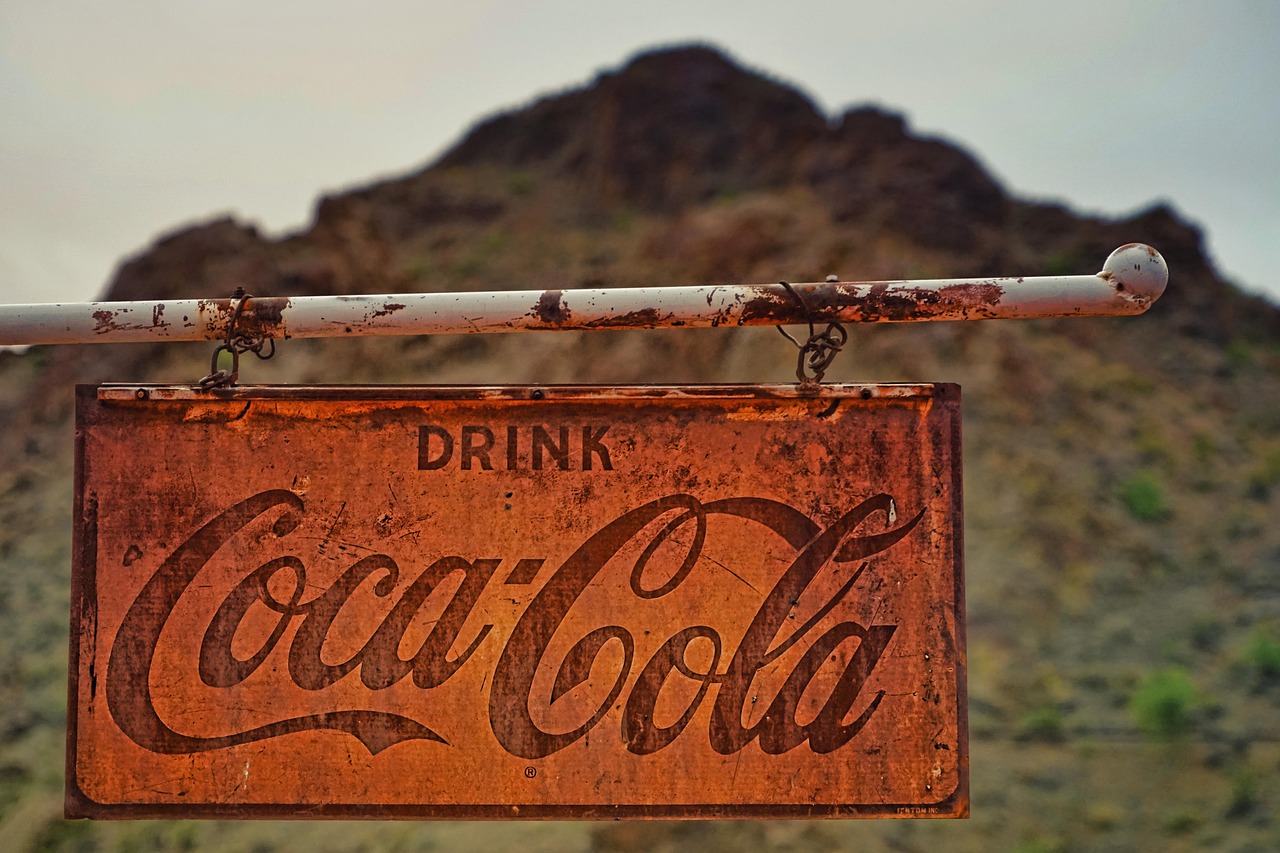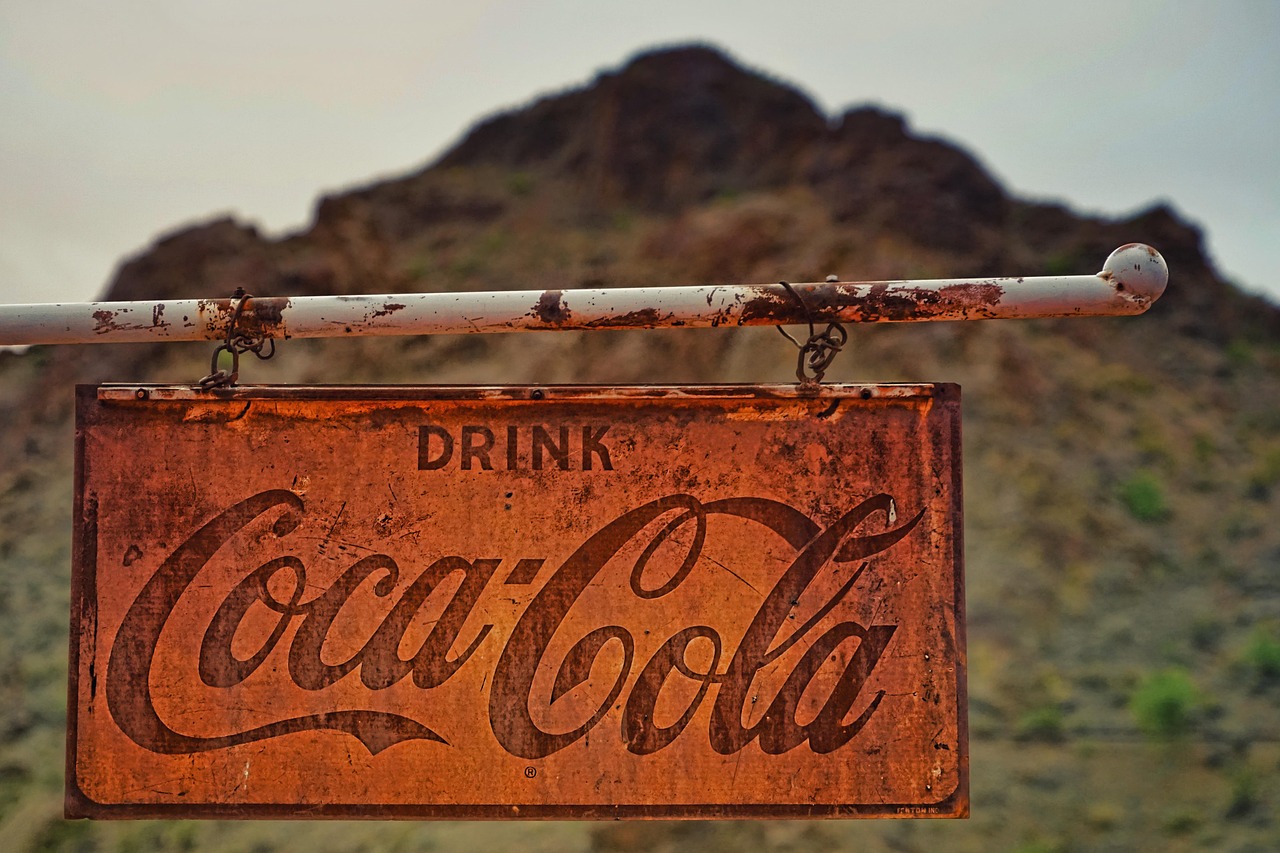
Advertising
Advertising in early China, advertising was initially oral—records from the Classic of Poetry (11th–7th century BC) mention bamboo flutes played to market sweets. Later, written ads appeared in the form of calligraphy signboards and handbills. A copper plate from the Song dynasty, used to print posters featuring a rabbit logo for “Jinan Liu’s Fine Needle Shop,” is considered the earliest known printed advertising medium.
In medieval Europe, when literacy was limited, visual symbols were used to identify trades: a boot for a cobbler, a suit for a tailor, a horseshoe for a blacksmith, and so on. Vendors sold food in markets from carts, using town criers to promote their goods. One of the earliest known collections of such advertisements appears in Les Crieries de Paris, a 13th-century poem by Guillaume de la Villeneuve.
Advertising agency
Agencies bring together a wide range of specialties—copywriting, design, video editing, motion graphics, and even data analysis. While a bachelor’s degree can help you get your foot in the door, skills and creativity weigh far more than academic credentials. Many students begin part-time while still in university, gradually gaining experience and moving upward in their careers.
“An ad agency typically operates across three core divisions: account management, creative, and strategy,” Ali explains. “In recent years, graduates in media and communication have been drawn to advertising since their studies cover much of what’s required. Meanwhile, business and marketing graduates often thrive in account management and strategy roles. Artistic and design backgrounds are particularly suited for visualisers and graphic artists, while copywriters need a sharp grasp of cultural and social trends.”
Digital advertising
Another important distinction is accuracy in targeting. Traditional ads (TV, print, outdoor) are shown to anyone within their reach. Digital advertising, however, allows businesses to deliver ads to specific audience segments based on interests, behaviors, or demographics. For example, a brand selling camping gear can target people who enjoy hiking or re-engage visitors who browsed their online store but didn’t buy.
In addition, advertisers can control when and how often an ad appears, or even prevent users who have already seen an ad from seeing it repeatedly. This level of targeting helps maximize efficiency and relevance.
Amazon advertising
Amazon ads are designed to put your products front and center. By targeting the right keywords and securing top positions in search results, you create an ideal scenario for attracting buyers.This combination of visibility and relevance increases the chances of clicks — and ultimately, purchases.
The most widely used Amazon ad format by businesses is Sponsored Product ads. These ads show up on the search results page alongside regular listings. They resemble organic listings, but are marked with a “Sponsored” label.
When someone clicks on these ads, they are directed straight toSponsored Product ads offer two targeting options: Automatic and Manual. With Automatic targeting, Amazon selects keywords related to your product — this is ideal if you’re unsure which keywords will perform best. Alternatively, you can manually select the keywords you want to target.
Social media advertising
Social media marketing (SMM) is the practice of businesses leveraging social media platforms and applications to promote their products or services. It involves producing and sharing content on social networks to achieve marketing and branding goals. In simple terms, SMM helps businesses raise brand awareness, interact with customers, and even integrate user feedback into their marketing plans.
SMM mainly focuses on creating content, building an audience, and engaging communities through comments, user-generated content, and social support activities. It typically does not require direct financial expenditure, instead relying on creativity and consistent posting to boost reach and engagement.
Facebook advertising
The cost of advertising varies depending on your budget. Meta offers flexible pricing options and allows advertisers to pause campaigns or adjust spending anytime. Factors that can influence ad costs include ad format, the day and time your ad runs, and your audience targeting.Anyone can use Facebook advertising, including small businesses with limited budgets. It’s particularly helpful for companies looking to increase brand awareness and build stronger connections with potential customers through various ad formats.
Facebook ads are user-friendly, offering step-by-step guidance to set up campaigns. Ads can run across Meta and Instagram, targeting specific audiences and business objectives while tracking performance. Budgets can be adjusted according to ad results, and businesses can identify the best format for their products or services.
Online advertising
Platforms such as Facebook, Instagram, and Twitter offer tremendous opportunities to engage your audience. This makes social media advertising one of the most effective online strategies.With more than 80% of U.S. adults on social media, it’s highly likely that your target audience is active there. Advanced targeting tools—like location, interests, and user behavior—make it easy to connect with the right people through social media ads.
Programmatic advertising leverages artificial intelligence to streamline the process of buying ads. By providing details about your target audience—such as location, time preferences, interests, and other factors—programmatic ad platforms can automatically secure the most suitable ad placements for your business.
False advertising
In the United States, the Lanham Act, enacted in 1946 to protect trademarks, also addresses false advertising. It defines false advertising as making untrue statements or misrepresenting a product or service. Examples include misleading claims about a product’s effectiveness, false statements about its origin, or inaccurate details about its size or appearance.
Under the Lanham Act, individuals who are harmed by false advertising may take civil action against the company responsible. Additionally, the Federal Trade Commission Act of 1914 prohibits unfair or deceptive trade practices, including false advertising.
Programmatic advertising
While programmatic advertising offers speed and automation, it also presents certain challenges that advertisers need to manage.Ad fraud cost businesses roughly $84 billion in 2023 and is projected to reach $172 billion by 2028. With proper verification systems, programmatic advertising can help reduce fraud by automatically filtering out scams and identifying the most suitable ad placements.
To combat fraud, the Interactive Advertising Bureau (IAB) Tech Lab developed ads.txt (Authorized Digital Sellers) to enhance programmatic media buying and prevent advertisers from purchasing inventory on fraudulent domains. Publishers place ads.txt files on their servers, listing approved sellers, and programmatic platforms then verify that both the site and the seller are legitimate.
Podcast advertising
Through programmatic audio, brands can create a personal connection with listeners. Podcast ads are typically short audio messages, placed in a way similar to video advertising. Ads may appear at the beginning, middle, or end of an episode, and listeners generally respond better to podcast ads compared to other channels. This makes podcasts an effective medium for achieving marketing goals. Research shows that 54% of listeners are more likely to buy from brands they encounter on podcasts.
Hosts usually insert ads lasting 15-60 seconds within episodes. Pricing depends on factors such as audience reach, ad length, impressions, and downloads.With a clear understanding of the process, you can now explore how to advertise on podcasts effectively.



